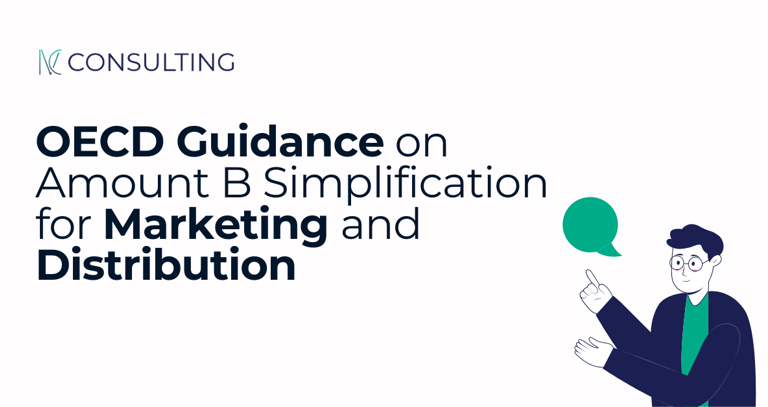
Enhancing Tax Fairness: OECD’s Progress on Amount B

Enhancing Tax Fairness: OECD’s Progress on Amount B
The Organisation for Economic Cooperation and Development (OECD) has published additional guidance on Amount B, its initiative aimed at simplifying and streamlining the application of the arm's length principle to baseline marketing and distribution activities. Here are the latest updates and insights:
Key Developments:
Emerging Markets on Board:
Five emerging markets—Argentina, Brazil, Costa Rica, Mexico, and South Africa—have indicated their intention to adopt Amount B, showcasing a growing global commitment to standardized tax practices.
Broader Framework:
The OECD is working on a political agreement for jurisdictions to implement Amount B, as part of the larger Pillar One package. Until this agreement is finalized, the adoption of Amount B remains optional for jurisdictions.
Covered Jurisdictions:
The commitment now includes a broader set of jurisdictions termed "Covered Jurisdictions," extending beyond those with low tax administration capacity.
Criteria:
OECD and G20 member countries meeting these criteria and expressing willingness to apply Amount B by March 2024.
Non-IF members meeting these criteria and expressing willingness to apply Amount B.
The guidance lists over 60 Covered Jurisdictions. Although it is not clear if all these jurisdictions will implement Amount B, many have shown interest.
Qualifying Jurisdictions for Operating Expense Cross-Check Mechanism:
This mechanism acts as a safeguard to the Amount B pricing matrix, ensuring expected operating margins as a return on sales.
When the tentative Amount B return falls below 10%, the cross-check mechanism is applied to adjust operating expense markups.
The OECD has listed over 130 Qualifying Jurisdictions. This list helps ensure fair application of the pricing matrix across diverse regions.
Data Availability Mechanism:
The mechanism provides adjustments for jurisdictions with insufficient data to ensure the fair application of the Amount B pricing matrix.
Non-EU jurisdictions with a publicly available long-term sovereign credit rating of BBB- or equivalent.
Jurisdictions with less than five comparables in the global dataset.
These jurisdictions are typically classified as low, lower-middle, or upper-middle income by the World Bank.
This mechanism addresses data limitations and maintains the integrity of the pricing matrix.
Next Steps:
The lists of Covered and Qualifying Jurisdictions will be reviewed prospectively every five years, with updates published on the OECD website. This ongoing review process ensures that the framework remains relevant and effective.
Stay tuned for more updates as the OECD continues to refine and implement these important frameworks.




